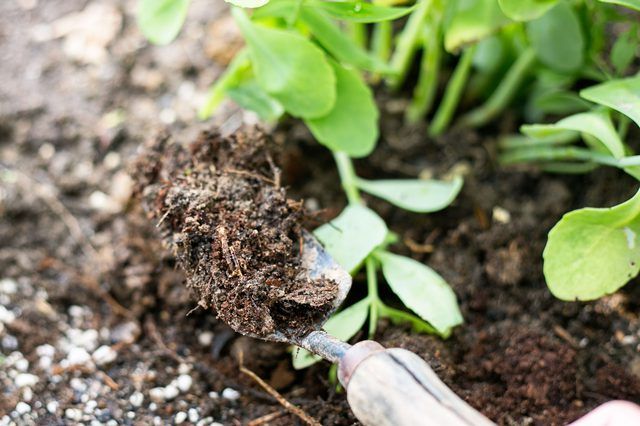Bulbs
Flower Basics
Flower Beds & Specialty Gardens
Flower Garden
Garden Furniture
Garden Gnomes
Garden Seeds
Garden Sheds
Garden Statues
Garden Tools & Supplies
Gardening Basics
Green & Organic
Groundcovers & Vines
Growing Annuals
Growing Basil
Growing Beans
Growing Berries
Growing Blueberries
Growing Cactus
Growing Corn
Growing Cotton
Growing Edibles
Growing Flowers
Growing Garlic
Growing Grapes
Growing Grass
Growing Herbs
Growing Jasmine
Growing Mint
Growing Mushrooms
Orchids
Growing Peanuts
Growing Perennials
Growing Plants
Growing Rosemary
Growing Roses
Growing Strawberries
Growing Sunflowers
Growing Thyme
Growing Tomatoes
Growing Tulips
Growing Vegetables
Herb Basics
Herb Garden
Indoor Growing
Landscaping Basics
Landscaping Patios
Landscaping Plants
Landscaping Shrubs
Landscaping Trees
Landscaping Walks & Pathways
Lawn Basics
Lawn Maintenance
Lawn Mowers
Lawn Ornaments
Lawn Planting
Lawn Tools
Outdoor Growing
Overall Landscape Planning
Pests, Weeds & Problems
Plant Basics
Rock Garden
Rose Garden
Shrubs
Soil
Specialty Gardens
Trees
Vegetable Garden
Yard Maintenance
How to Care for Sedum
How to Care for Sedum. Sedum is a lovely plant that blooms late in the season and looks good from early spring to late fall. Sedums are succulents, characterized by fleshy leaves to store the water they need to grow. They are very well adapted to thrive in rock gardens or semi-dry places in the garden. These plants are often used as border plants...
Sedum is a lovely plant that blooms late in the season and looks good from early spring to late fall. Sedums are succulents, characterized by fleshy leaves to store the water they need to grow. They are very well adapted to thrive in rock gardens or semi-dry places in the garden. These plants are often used as border plants because they grow so easily and provide cover throughout the season. Easy to care for, sedums are wonderful plants for beginners.
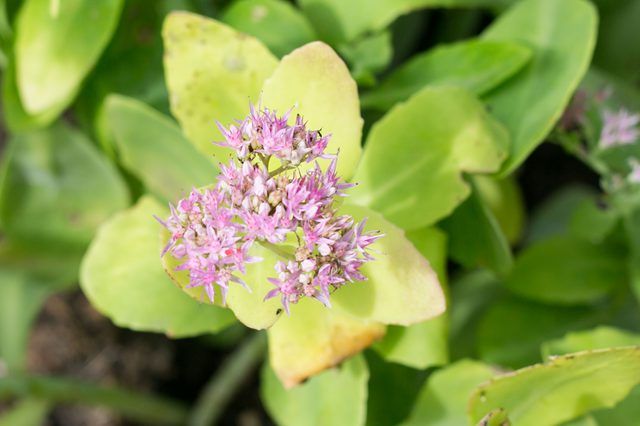
Things You'll Need
Compost
Mulch
Pruning shears
Step 1
Choose an area where the plant will receive sunlight for at least 6 hours a day. Plant the sedum with compost blended into the soil and tuck mulch around the plant. This will ensure that the roots get the nutrients they need, and the mulch will retain moisture when the summer sun gets hot and punishing.
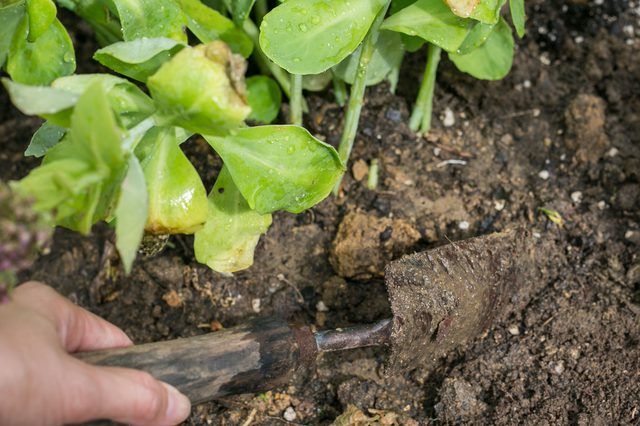
Step 2
Water the new sedums regularly until they get established. However, do not water sedums too much once they are well rooted. You will be able to tell when the plants need water because the leaves will droop. From early spring throughout the summer, your sedum will be pretty and green, growing full and bushy until it starts to bloom in late July or August.
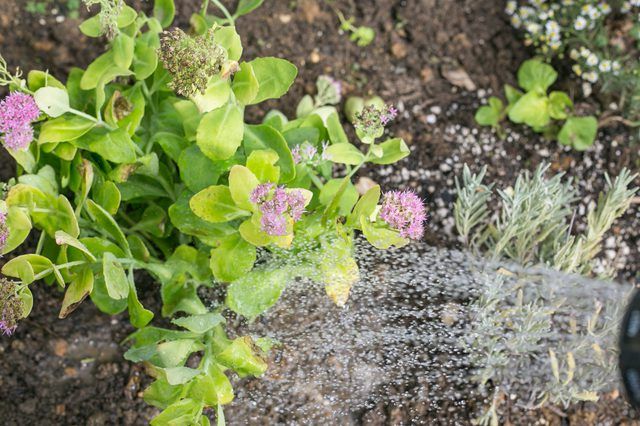
Step 3
Prune before blooms begin to show. Late June or early July is the perfect time to trim back the foliage. This will provide a tight plant with many blooms. Sedum grows quite thick and can be divided when the middle begins to die out. Simply dig the plant up, remove the dying part and plant the other sections in new areas.
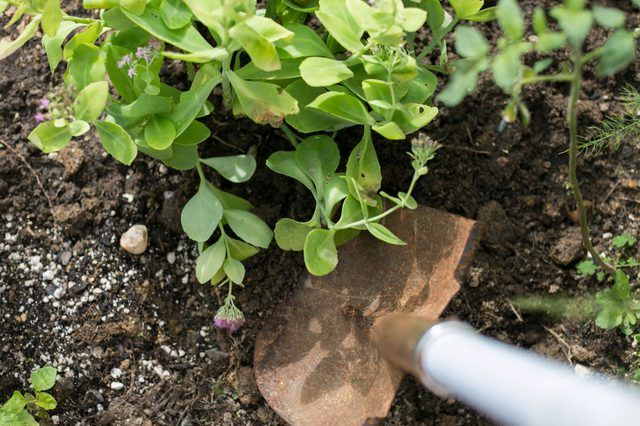
Step 4
Cuttings can be taken at any time and simply placed in the ground to start a new sedum. These are perennial plants and will come back each spring. After one season with a sedum plant you could have enough cuttings to create a whole border the next year.
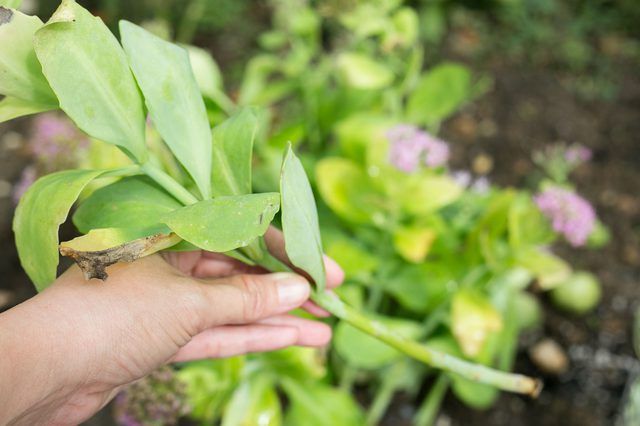
Step 5
Mulch and add compost in early spring when the sedum sprouts for a new season. Water, sun, and a little bit of pruning along with a yearly application of compost and mulch are really all these plants need.
